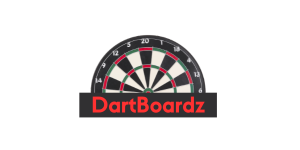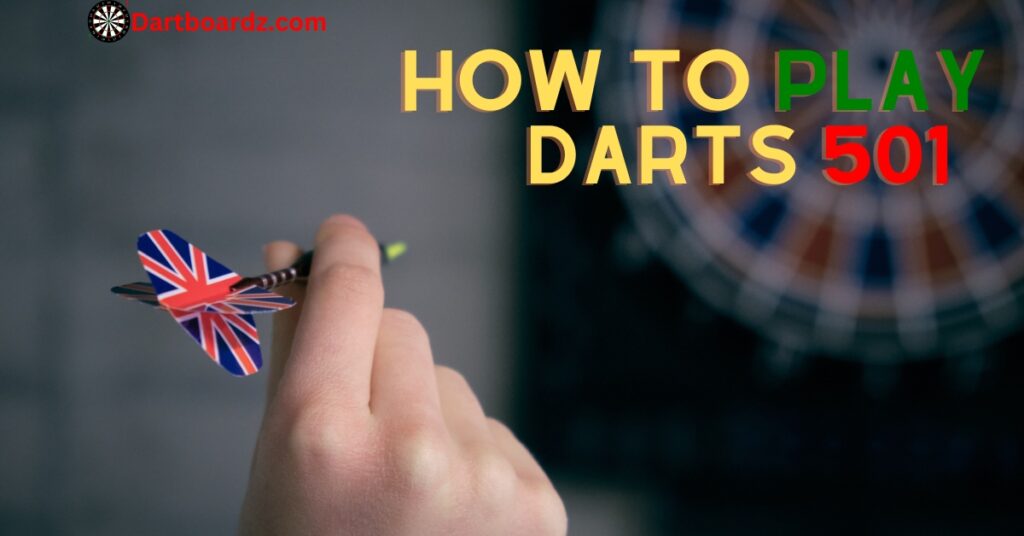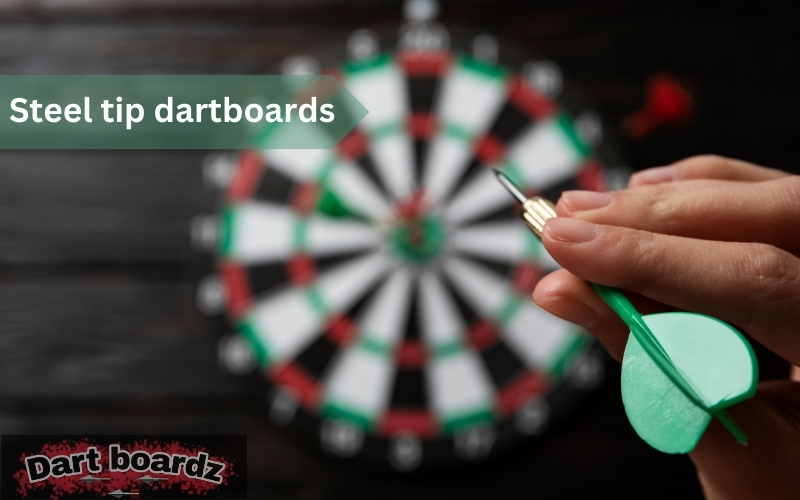Darts 501 a quintessential dart game enjoyed worldwide is not just about throwing darts at a board; its a game of precision strategy and skill.
What Are The Rules For 501 Darts?
The rules of 501 darts are straightforward yet nuanced adding layers of challenge and strategy; to the game. Each player or team begins with a score of 501 points.
The objective is to reduce this score to zero through successive turns of throwing darts at the dartboard. Points scored are subtracted from the total with the first player or team to reach zero declared the winner.
However there are additional rules that enhance the game play. To initiate scoring players must first double-in by landing a dart in one of the double sections around the outer ring of the board.
Until a player successfully doubles in their throws do not count towards reducing the score. Once doubled in players aim to score as many points as possible per round typically targeting the triple 20 for maximum scoring potential.
Getting Your Score Down in 501
The key to success in 501 darts lies in effectively reducing your score with each turn. While the triple 20 is the most coveted target for its high point value strategic adjustments may be necessary based on the players position and dart placement.
For instance if a dart obstructs the triple 20 aiming for alternative high-scoring segments like the triple 19 can maximize point accumulation.
As the score approaches zero players must strategically plan their final throws to set up a double-out where they must hit a double segment to precisely reach zero and win the game. Understanding common checkouts and practicing them regularly can improve the players ability to finish games efficiently.
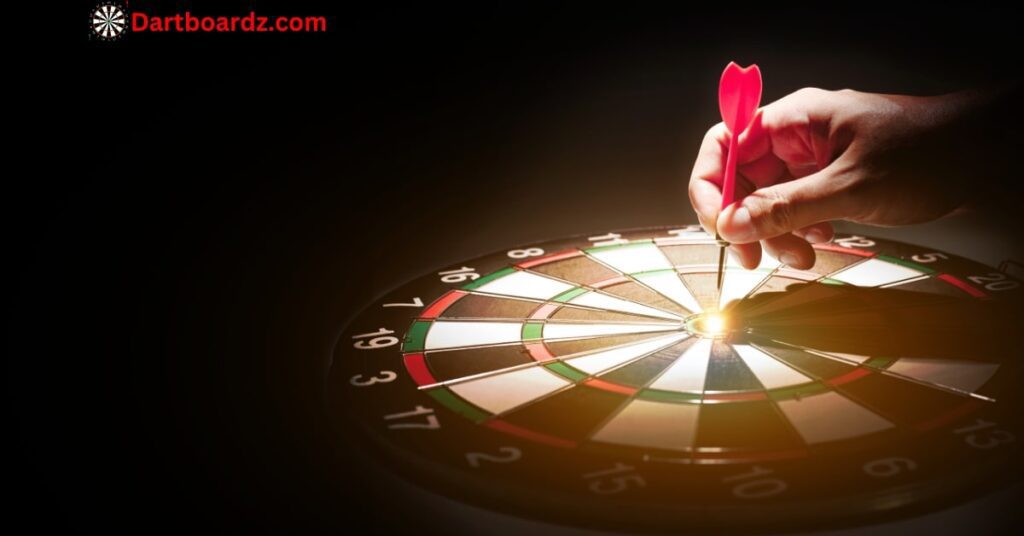
How Do You Win 501 Darts?
To secure victory in 501 darts players must execute a successful double-out to precisely reach zero points. Doubling out requires hitting a double segment that matches the remaining score necessitating careful calculation and precise aim.
Failure to hit a double or exceeding the remaining score results in a bust forfeiting the turn and giving the opponent an opportunity to capitalize.
The process of determining who throws first in a 501 dart game adds an element of strategy and anticipation. Whether through a coin flip or a diddling/cork process players vie for the advantageous position of throwing first setting the tone for the game ahead.
Scoring 501 Darts
Scoring in 501 darts is a fundamental aspect of game play dictating the pace and outcome of each leg. Understanding the scoring system which assigns double and triple values to specific segments on the dartboard is essential for maximizing point accumulation and executing successful checkouts.
While the treble 20 remains the primary target for its high point value players must adapt their strategy based on individual circumstances and scoring opportunities.
Mastering Advanced Techniques
Darts 501 Variations
While the core rules of 501 darts remain consistent variations may exist depending on the setting and preferences of players. One notable variation is the option to forego the requirement of doubling in allowing players to begin scoring immediately.
This variation commonly observed in professional darts matches accelerates the pace of the game and intensifies the competition from the outset.
Another variation involves the inclusion of a dummy player in uneven team compositions. The dummy player assigned a predetermined fixed score each round simulates the presence of an additional player ensuring balanced game play and strategic considerations for all participants.
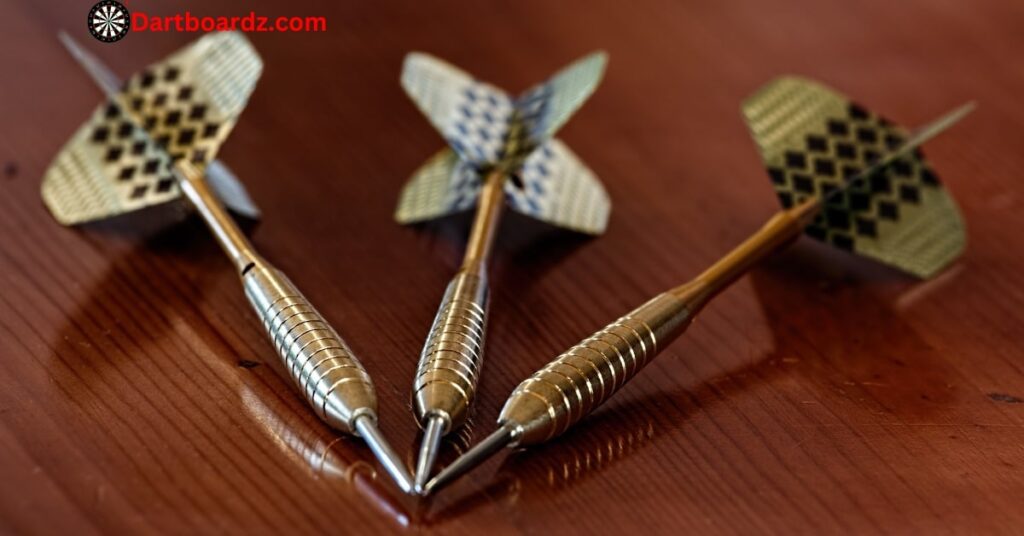
501 Darts Tips and Strategies
Elevating ones proficiency in 501 darts requires more than just mechanical skill; it demands strategic insight and mental fortitude. Players can enhance their performance by implementing proven tips and strategies tailored to the nuances of the game:
Doubling In Strategies: For newer players targeting the double segments on the sides (e.g. 11 or 6) can increase the likelihood of successfully doubling in especially if overthrows or dart drops occur.
Scoring Optimization: While the triple 20 is the preferred target for maximum scoring potential players should remain adaptable and consider alternative targets based on the current game state and dart placement.
Checkouts Planning: Planning ahead for checkouts such as aiming for specific numbers to set up consecutive double segments can streamline the path to victory and minimize the risk of busts.
Active Involvement: Volunteering to handle scoring duties not only familiarizes players with the games intricacies but also fosters a deeper understanding of optimal strategies and scoring patterns.
READ NEXT:Soft Dart Tip Sizes: Your Essential Information Source
Official 501 Darts Rule Books
For those seeking a comprehensive understanding of the official rules governing professional darts competitions, reference materials such as the Darts Regulation Authority Rule Book provide detailed insights into every aspect of game play from throwing techniques to player conduct.
While these regulations may seem exhaustive for casual players, they offer valuable insights into the standard practices and expectations upheld in professional darts tournaments.
However, it’s important to recognize that house rules often prevail in local pub or league settings, where flexibility and camaraderie take precedence over strict adherence to official regulations.
Additionally variations in rules between organizations such as the Professional Darts Corporation (PDC) and the British Darts Organization (BDO) underscore the diverse landscape of competitive darts and the importance of familiarizing oneself with specific guidelines when participating in sanctioned events.
READ NEXT:What Materials Are Used to Create Dart Boards: Complete guide
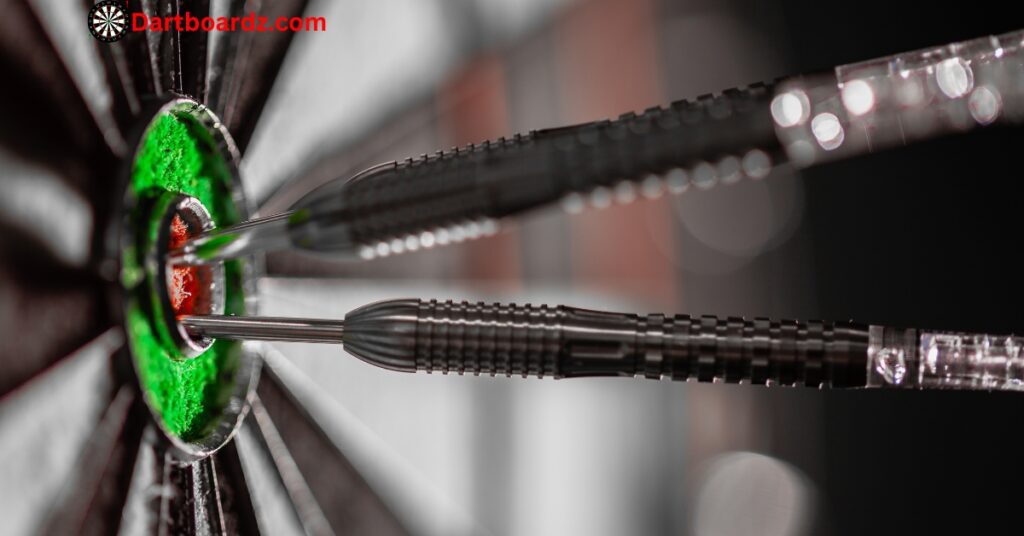
Incorporating Expert Insights
Incorporating expert insights and guidance can significantly enhance ones proficiency and enjoyment of 501 darts. Seasoned players and coaches offer invaluable advice on refining technique optimizing strategy and maintaining composure under pressure.
By leveraging their expertise and embracing a growth mindset players can elevate their game to new heights and unlock their full potential on the dartboard.
Legacy of 501 Darts
501 darts with its rich history and enduring popularity transcends generations and cultures uniting players in a shared passion for precision and competition.
From humble beginnings in British pubs to international acclaim on televised tournaments the games evolution reflects the timeless appeal of skill-based recreation and communal camaraderie.
Embracing the Spirit of Competition
At its core 501 darts embodies the spirit of friendly competition and sportsmanship fostering bonds among players and spectators alike.
Whether played casually among friends or fiercely contested on the professional stage each throw represents a test of skill strategy and nerve fueling the thrill of victory and the agony of defeat.
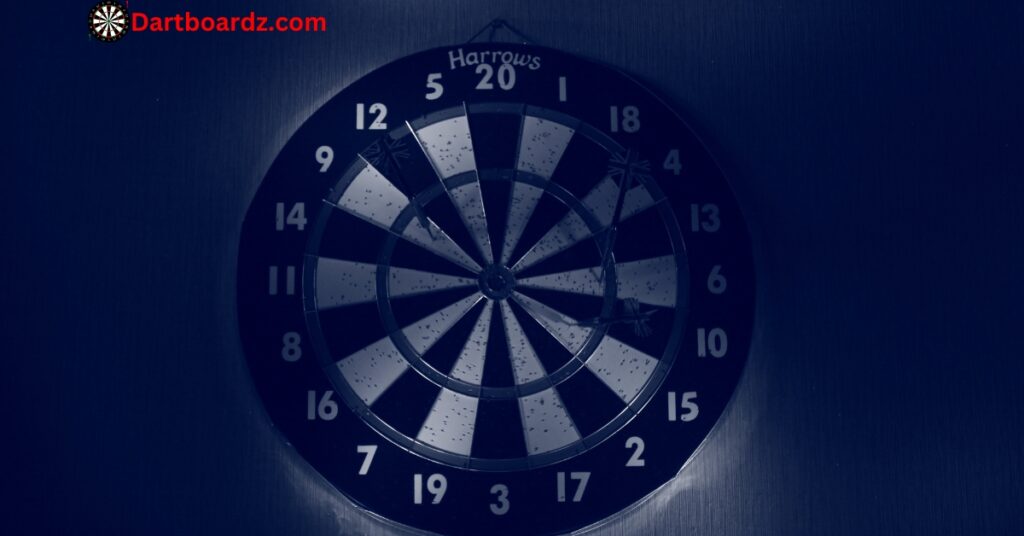
The Global Reach of 501 Darts
With the advent of online platforms and digital communities 501 darts has transcended geographical boundaries connecting enthusiasts from around the world in virtual competitions and shared experiences.
Through live streaming online forums and interactive game play players can engage with fellow dart aficionados and participate in tournaments regardless of location or time zone.
Evolution of Training and Technology
Advancements in training methodologies and technological innovations have revolutionized the way players approach skill development and performance optimization in 501 darts. From virtual practice simulations to data driven analytics modern tools is empower players to fine-tune their techniques track progress and gain valuable insights into their game play.
Conclusion
In conclusion 501 darts represents more than just a game; its a timeless pursuit that combines skill strategy and camaraderie in equal measure. Whether you’re a novice exploring the basics or a seasoned player seeking to refine your technique the journey of mastering 501 darts offers endless opportunities for growth enjoyment and community engagement.
FAQs:
What is the objective of 501 darts?
The objective of 501 darts is to be the first player or team to reduce their score from 501 points to exactly zero. Players take turns throwing darts at the board and subtracting their score from the initial total until one achieves a score of zero.
How do you start a game of 501 darts?
To start a game of 501 darts, players typically determine the throwing order either by a coin toss or by “diddling/cork,” where each player throws one dart at the bullseye. The player closest to the bullseye or the one who hits the bullseye throws first. In some variations, players may need to “double-in” to begin scoring.
What is doubling in and doubling out in 501 darts?
“Doubling in” refers to the requirement of landing a dart in one of the double segments around the outer ring of the dartboard before scoring points. Once a player has doubled in, they can start subtracting their score from the initial total. “Doubling out” occurs when a player reaches a score that can be precisely reduced to zero by hitting a double segment, thus winning the game.
What happens if you exceed your remaining score in 501 darts?
If a player’s throw results in a score higher than their remaining total, it is considered a bust. In this case, the player’s turn ends, and their score remains unchanged. The opponent then takes their turn, capitalizing on the missed opportunity.
Are there variations to the rules of 501 darts?
Yes, there are variations to the rules of 501 darts depending on the setting and preferences of players. Some variations may include different starting procedures, such as eliminating the requirement to “double-in, while others may introduce additional scoring options or modifications to game play for increased challenge or variety.
